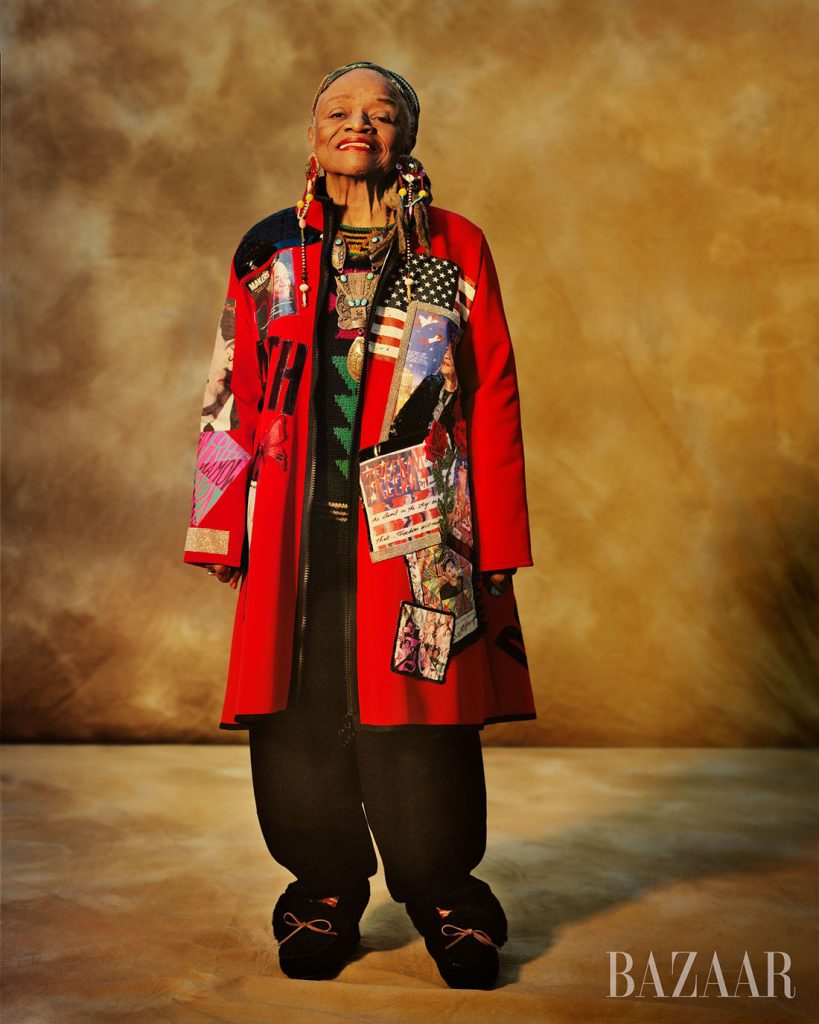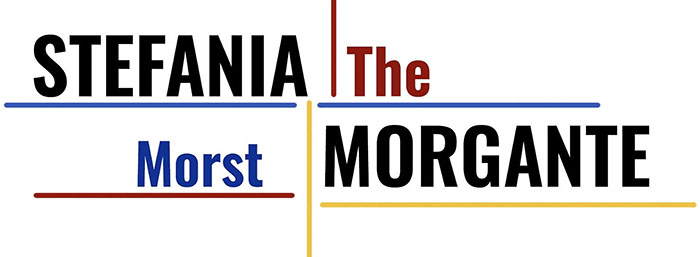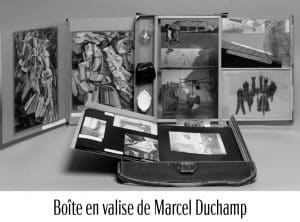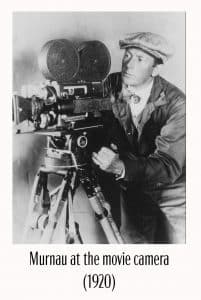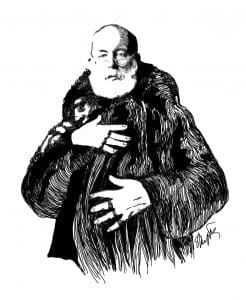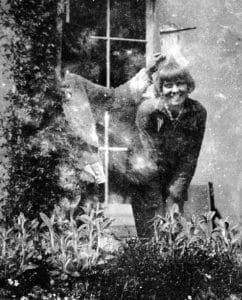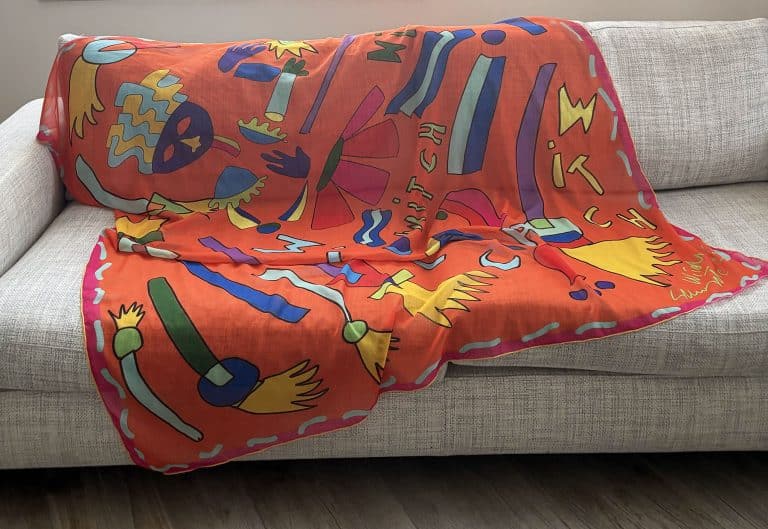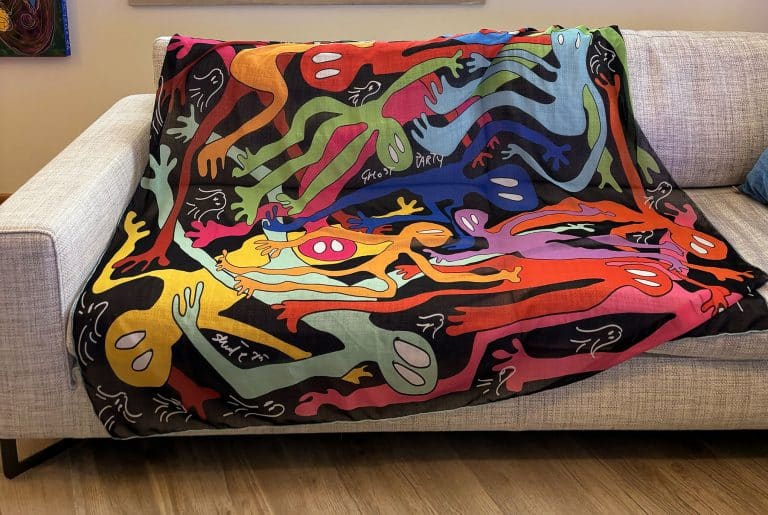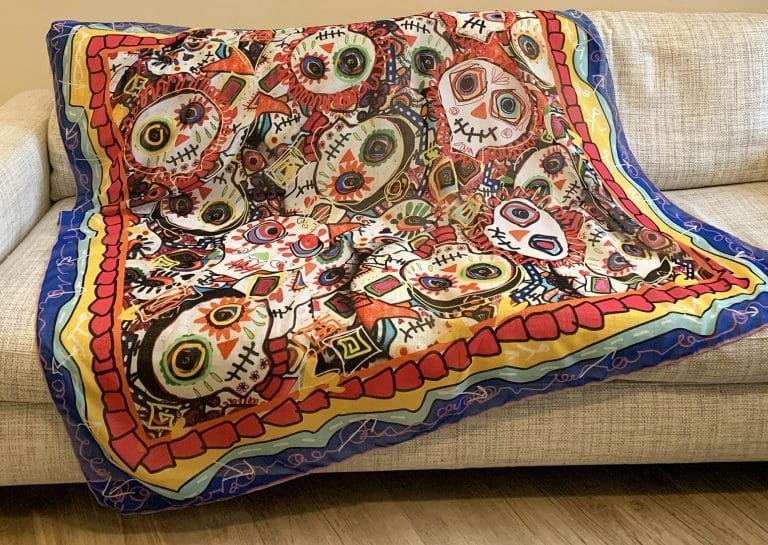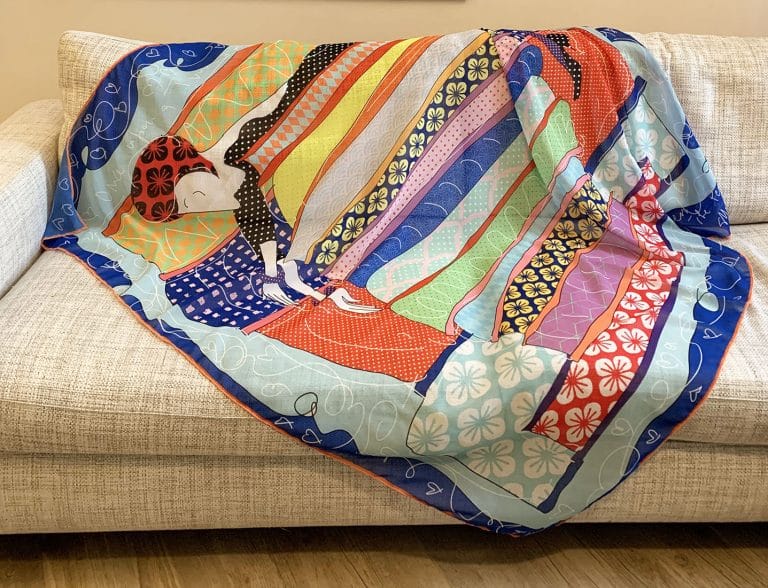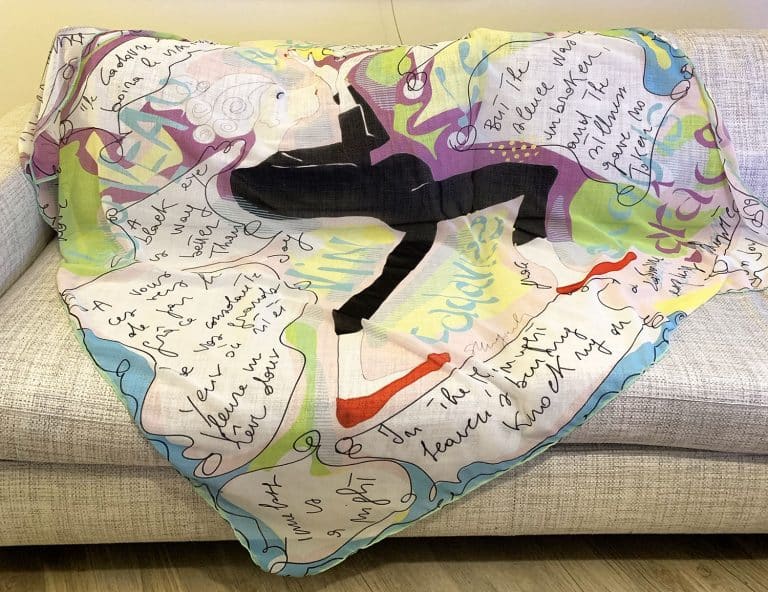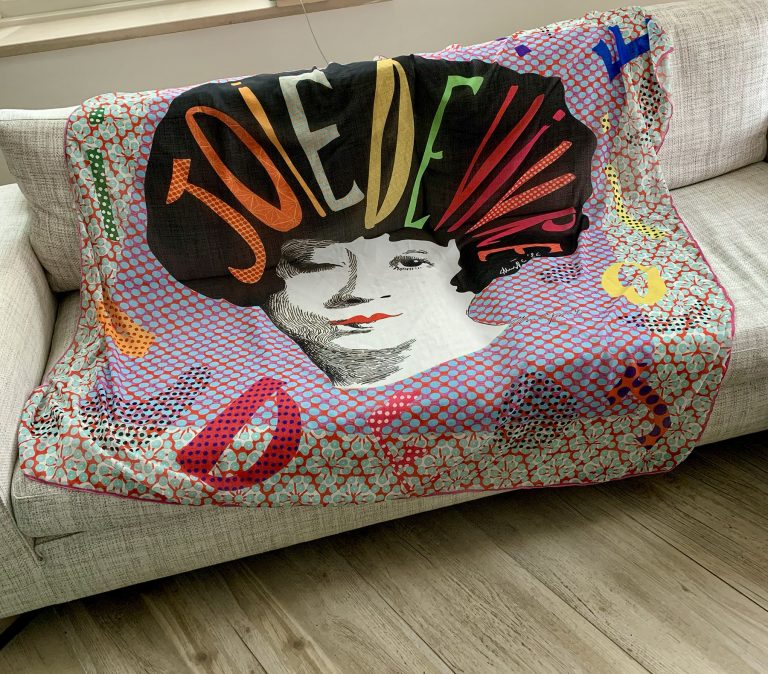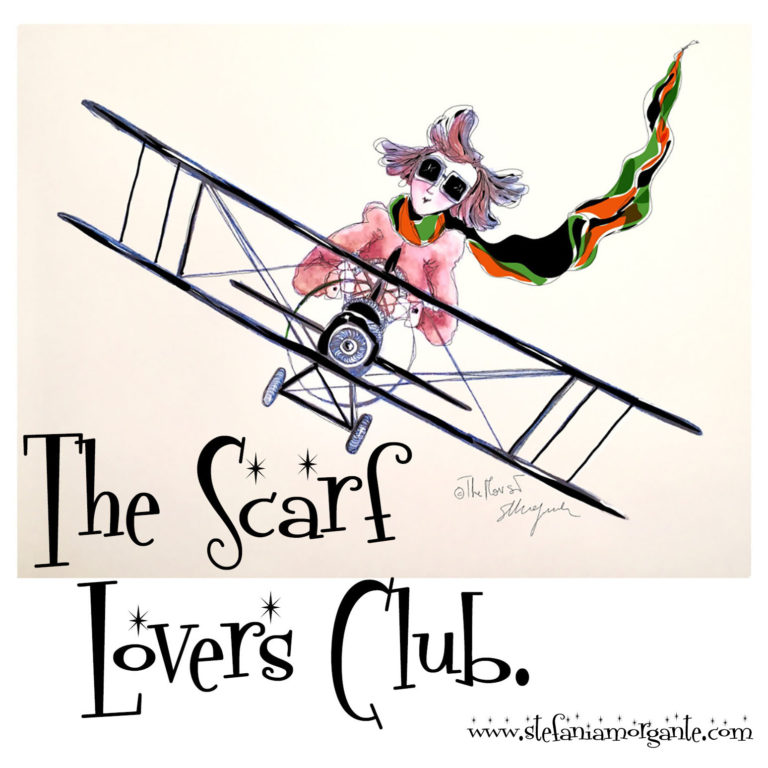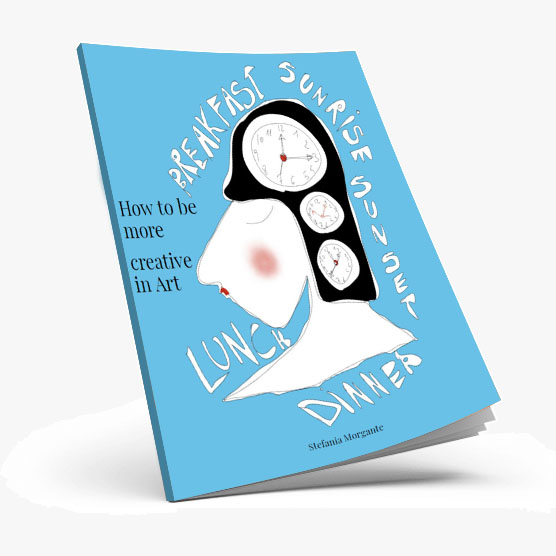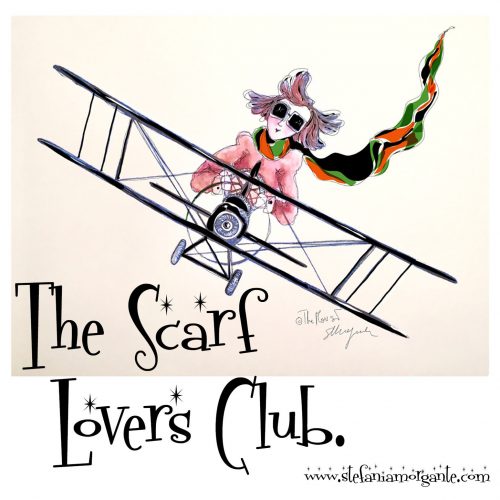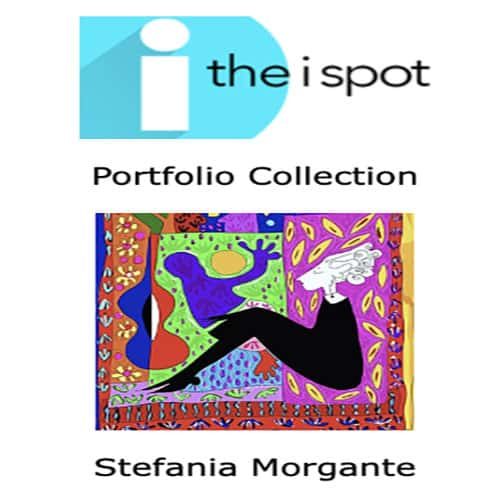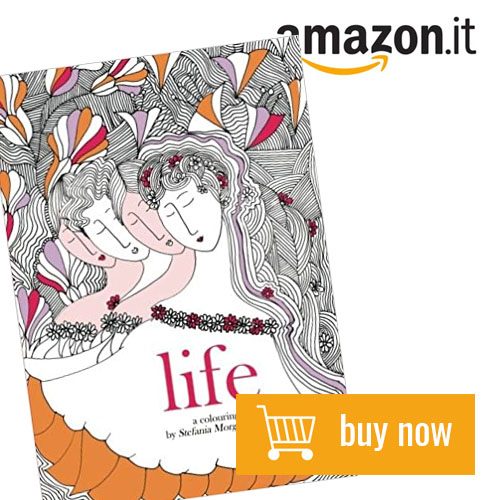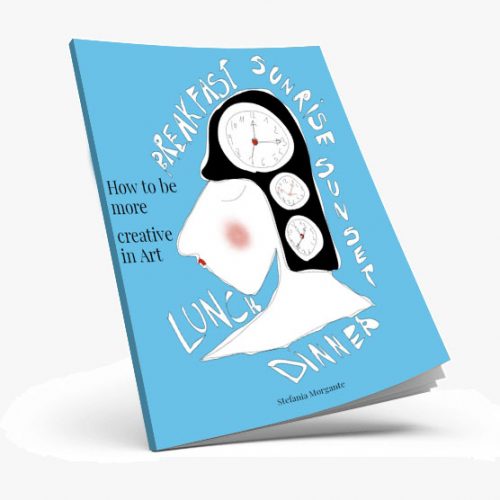Empowering Feminism through Art.
Faith Ringgold, a visionary artist whose powerful works have left an indelible mark on the art world and feminist movement.
With her bold and vibrant tapestries, paintings, and sculptures, Ringgold has not only broken artistic barriers but also shattered the constraints of gender inequality.
As a leading figure in the feminist art movement, Ringgold’s artwork serves as a catalyst for discussions surrounding gender politics and women’s empowerment. Through her art, she explores themes of race, identity, and social justice, challenging the status quo and inspiring generations of women to rise up and claim their place.
With her iconic piece “The Flag is Bleeding,” Ringgold boldly confronts the intersections of race and gender, using her art to highlight the struggles faced by marginalized communities.
Her use of storytelling through imagery captivates viewers, forcing them to confront uncomfortable truths and sparking conversations that refuse to be silenced.
Her ability to blend art and activism in a way that is both visually stunning and socially impactful is a testament to her enduring influence and unwavering commitment to empowering feminism through art.
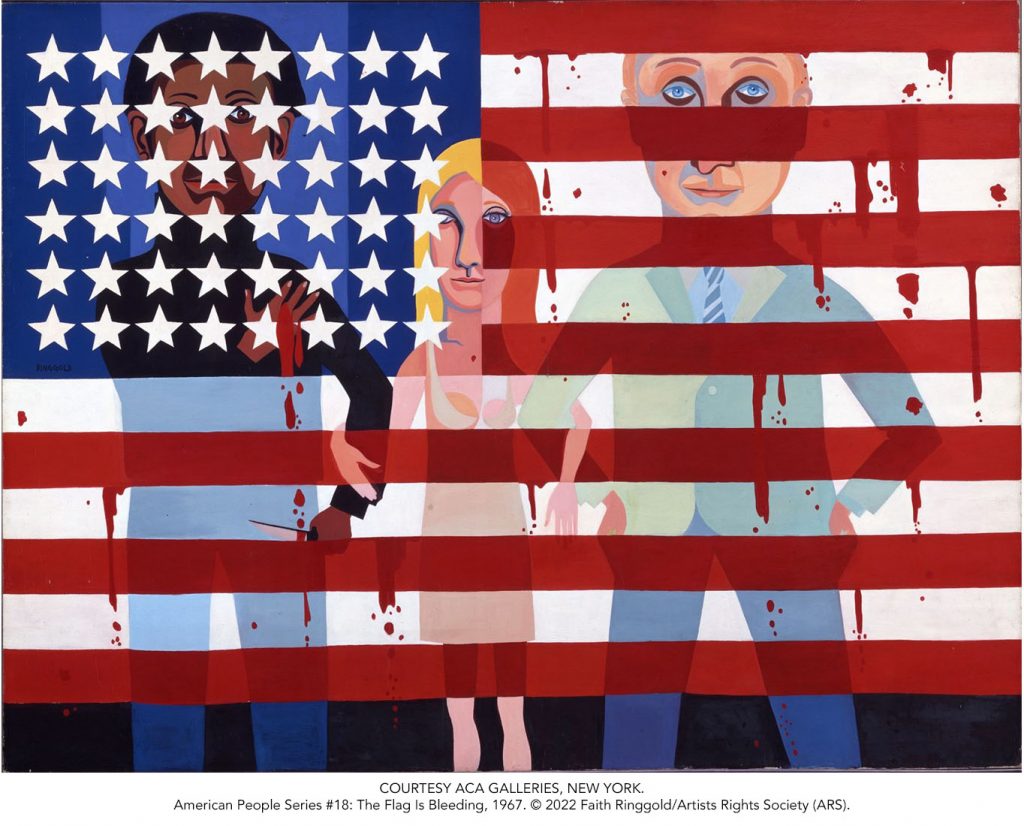
Exploring the themes of feminism in Faith Ringgold’s work.
Faith Ringgold’s art serves as a powerful tool for exploring and dissecting the themes of feminism. Through her artwork, she challenges societal norms and addresses the complex issues surrounding gender politics and women’s empowerment. One of the recurring themes in Ringgold’s work is the intersectionality of race and gender, which she explores through vivid storytelling and imagery.
In her iconic piece “The Flag is Bleeding,” Ringgold confronts the viewer with a powerful depiction of the struggles faced by marginalized communities. The artwork features a bleeding American flag, symbolizing the pain and suffering endured by people of color and women in a society that often overlooks their voices. By utilizing her art as a medium for social commentary, Ringgold sparks conversations about the deeply ingrained systems of oppression and discrimination that persist in our society.
Faith Ringgold lived and worked during a tumultuous time for the United States, marked by the struggle for civil rights and the establishment of the women’s and minority rights movement. This social context profoundly influenced her work, prompting her to explore themes such as racism, feminism, and cultural identity.
In fact, in addition to her art practice, Ringgold has been actively engaged in social and political activism. She has created several public artworks celebrating African American history and culture and has participated in numerous civil rights and social equality initiative.
The impact of Faith Ringgold’s art on the feminist movement.
As a leading figure in the feminist art movement, Faith Ringgold’s impact cannot be overstated.
Her bold and unapologetic approach to addressing gender inequality and advocating for women’s rights has inspired countless individuals and ignited a new wave of feminist activism within the art world.
Ringgold’s art serves as a visual representation of the struggles faced by women in society. Through her use of vibrant colors and intricate details, she captures the essence of the female experience and challenges traditional notions of beauty and femininity. Her art encourages viewers to question societal expectations and empowers women to embrace their own identities and narratives.
From a feminist perspective, Ringgold addressed the challenges and struggles of African American women. Through her paintings and quilts, she highlighted the unique experiences of Black women and raised questions regarding women’s role in society, their autonomy and dignity. Ringgold often incorporated personal and family stories into her work, offering an intimate perspective on the struggles and triumphs of African American women.
In addition, Ringgold has been an important voice in promoting the representation of women and people of color in mainstream art and culture. She has actively worked to break down racial and gender barriers in art, encouraging greater diversity and inclusion in the contemporary art world.
Overall, Faith Ringgold’s work reflects the complex intersections of race, gender, and power in American society, thus contributing to the understanding and promotion of intersectional feminism.
Here are some of her most significant works in this area:
- “For the Women’s House” (1971): This quilt depicts the experiences of incarcerated women and their desire for freedom and self-determination. It is a powerful commentary on the prison system and the injustices women face within it.
- “The Sunflower Quilting Bee at Arles” (1996): This work depicts a group of African American women gathering to quilt in a setting similar to that painted by Vincent van Gogh in his painting “The Cafe at Night.”
- “Tar Beach” (1988): This is one of her most famous paintings, also taken from her children’s book of the same name. It depicts a black woman dreaming of flying over New York City, symbolizing a young African American girl’s desire for freedom and aspirations.
- “Black Feminism” series: Ringgold has created a series of works that explore the struggles and experiences of black women, addressing issues such as motherhood, sexuality, and autonomy. These works offer an intimate view of the challenges and triumphs of African American women.
- “Who’s Afraid of Aunt Jemima?” (1983): This satirical and provocative painting challenges racial and gender stereotypes by depicting Aunt Jemima, a stereotypical icon of black women, as a strong and powerful woman.
These are just a few examples of Faith Ringgold’s feminist works. Throughout her career, she has produced a wide range of works that address women’s struggles and experiences, thus contributing to the feminist narrative in contemporary art.
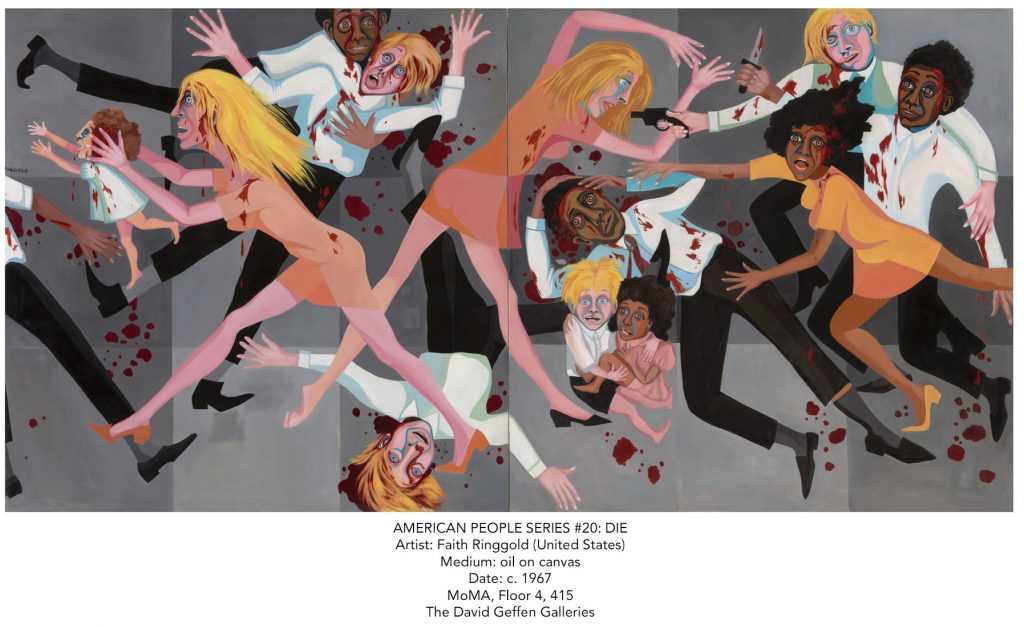
Faith Ringgold’s contribution to the art world and beyond.
In addition to her influence on the feminist movement, Faith Ringgold has made significant contributions to the art world as a whole. Her innovative use of textile and mixed-media techniques has pushed the boundaries of traditional art forms and expanded the possibilities of artistic expression.
Ringgold’s art has been exhibited in prestigious galleries and museums around the world, solidifying her status as a pioneering artist. Her unique approach to storytelling through art has captivated audiences of all backgrounds and has helped bridge the gap between fine art and popular culture.
Faith Ringgold’s textile art is a significant part of her art practice and has helped define her unique voice in the contemporary art scene. Here are some key points regarding Ringgold’s textile art:
Quilting as a form of expression: Faith Ringgold is renowned for her innovative use of quilting, a traditional technique associated with African American culture and domestic crafts. Ringgold has elevated quilting to an art form, skillfully combining textile techniques with painting, narrative, and politics to create hybrid and engaging works of art.
Visual Narrative in Quilts: Ringgold’s quilts often feature complex visual narratives that reflect the stories and experiences of the African American community. Using colorful and detailed fabrics, Ringgold creates vivid and meaningful scenes that can include characters, text, and cultural symbols.
“Story Quilts” Series: One of Faith Ringgold’s most celebrated series is her collection of “Story Quilts,” which combine narrative elements with textile art to tell personal and collective stories. These quilts often depict key moments in African American history and offer an intimate and powerful perspective on the experiences of the black community.
Innovation and experimentation: In addition to traditional quilts, Ringgold has experimented with a variety of textile techniques and materials, including painted fabrics, fabric appliqué, and embroidery. Her continuous research and experimentation have helped make her textile art increasingly dynamic and innovative.
Political and social messages: As in many other forms of her work, Faith Ringgold’s textile art often conveys political and social messages. Through her quilts, she addresses issues such as racism, feminism, cultural identity, and social equality, using art as a tool for awareness and change.
Overall, Faith Ringgold’s textile art represents a unique fusion of tradition and innovation, narrative and political. Her influence in the field of textile art has been significant, inspiring generations of artists and expanding the expressive potential of this art form.
Faith Ringgold’s activism and advocacy for women’s rights.
Faith Ringgold is not only an accomplished artist but also a passionate advocate for women’s rights. Throughout her career, she has used her platform to raise awareness about the issues facing women and to promote gender equality.
In addition to her visual art, Ringgold has written several books that explore feminist themes and empower young girls to embrace their own voices and identities. Her book “Tar Beach” is particularly influential, as it not only tells a captivating story but also provides a powerful message of empowerment and self-acceptance.
Faith Ringgold’s influence on future generations of female artists.
The impact of Faith Ringgold’s art extends far beyond her own work.
Her trailblazing spirit and commitment to feminist ideals have inspired countless female artists to challenge the status quo and create art that reflects their own experiences and perspectives.
Ringgold’s ability to blend art and activism has paved the way for a new generation of artists who are unafraid to use their creativity as a means of social commentary and change. Her enduring influence can be seen in the work of contemporary artists who continue to push boundaries and advocate for gender equality.
Some artists who may have been influenced by Faith Ringgold include Mickalene Thomas, known for her paintings that explore black beauty and identity, often through the use of collage and decorative patterns; Kara Walker, known for her silhouettes that explore issues of race and gender in antebellum America; and Kerry James Marshall, known for his works that address black history and identity in America through powerful and colorful iconography. These artists, among others, were inspired by Faith Ringgold’s narrative and political approach to art making.
Collecting and preserving Faith Ringgold’s art for future generations.
Preserving the legacy of Faith Ringgold is of utmost importance to ensure that future generations can continue to be inspired by her powerful artwork. Museums, galleries, and collectors play a vital role in acquiring and safeguarding her pieces, ensuring they are accessible for future exhibitions and research.
The Faith Ringgold Foundation, established by the artist herself, is dedicated to preserving her art and promoting her legacy. Through education and outreach programs, the foundation works to ensure that Ringgold’s art continues to empower and inspire generations to come.
Faith Ringgold’s artistic contributions and advocacy for women’s rights have left an indelible mark on the feminist movement and the art world. Her innovative approach to storytelling through art has challenged societal norms and sparked important conversations about gender equality and social justice.
As future generations continue to be inspired by her work, Faith Ringgold’s legacy will endure, empowering feminism through art and reminding us all of the power of creativity in effecting change. Through her art, she has given a voice to the marginalized and empowered women to rise up and claim their place in society. Faith Ringgold has truly become a beacon of hope and inspiration for artists and activists alike.
Faith Ringgold’s legacy is certainly a reminder of the importance in addressing social issues and commitment to justice and equality. Her work can continue to inspire artists and civil rights advocates to use art as a medium for social and cultural change.
In addition, her commitment to representing the experiences of women and people of color is a beacon on diversity and inclusion in art and culture. Her work is an example of how art can be a powerful tool of voice and empowerment for marginalized communities.
Finally, her contribution to intersectional feminism is a benchmark for future generations of activists and artists, encouraging them to consider the complex intersections of race, gender, and class in struggles for equality and social justice.
